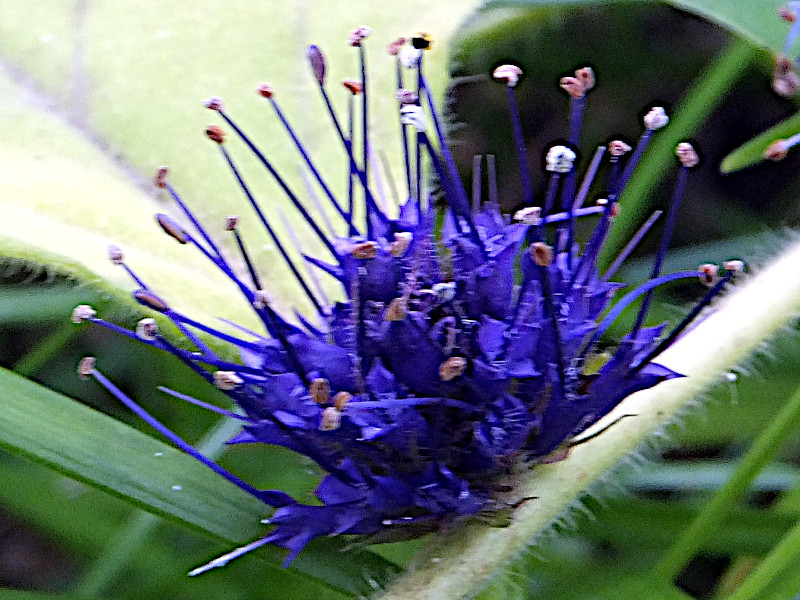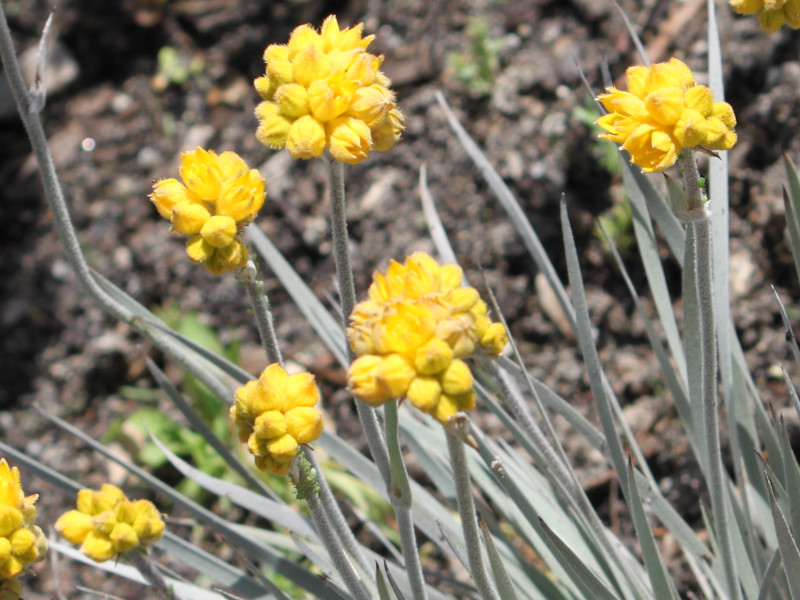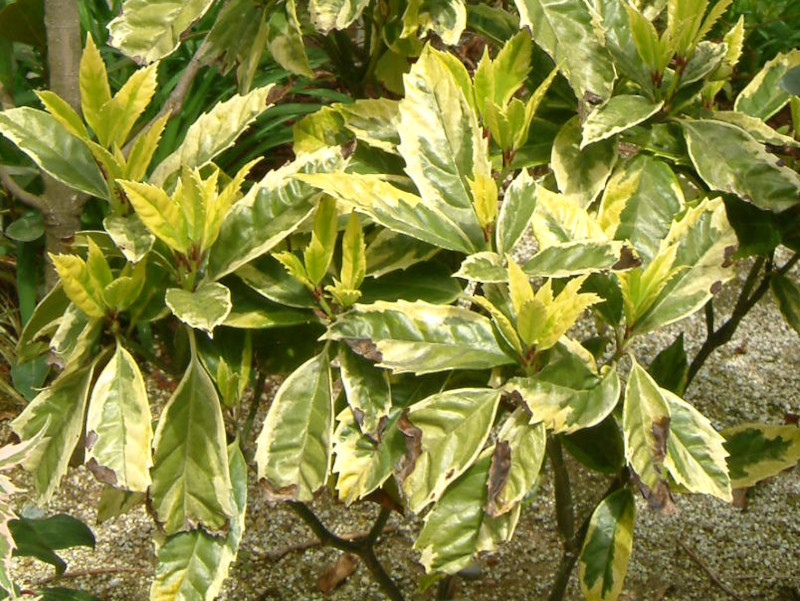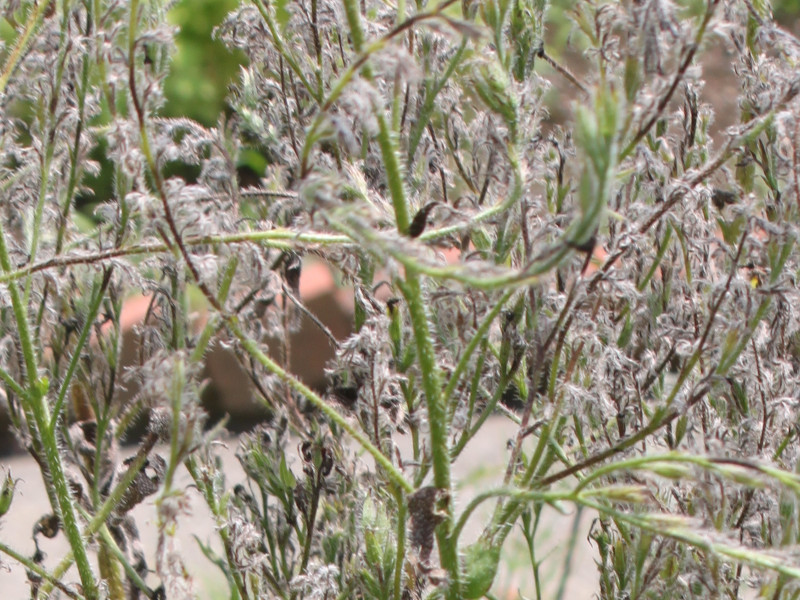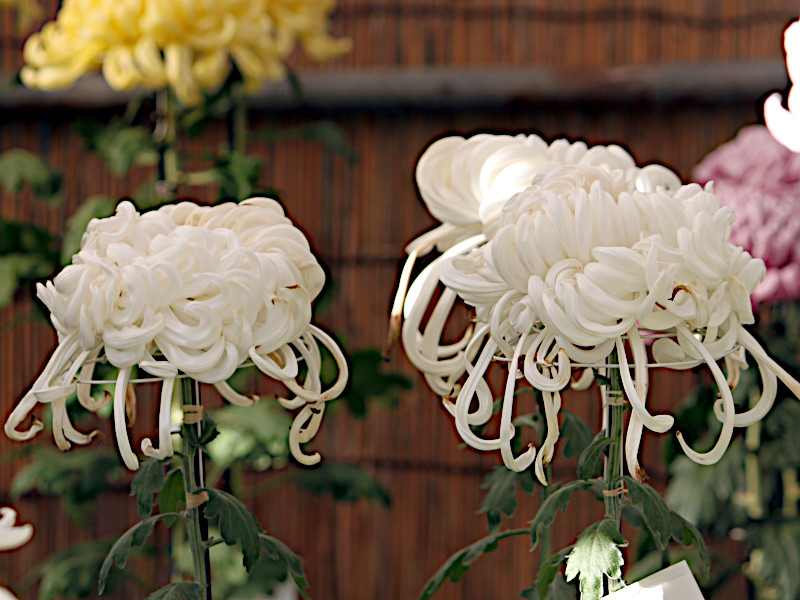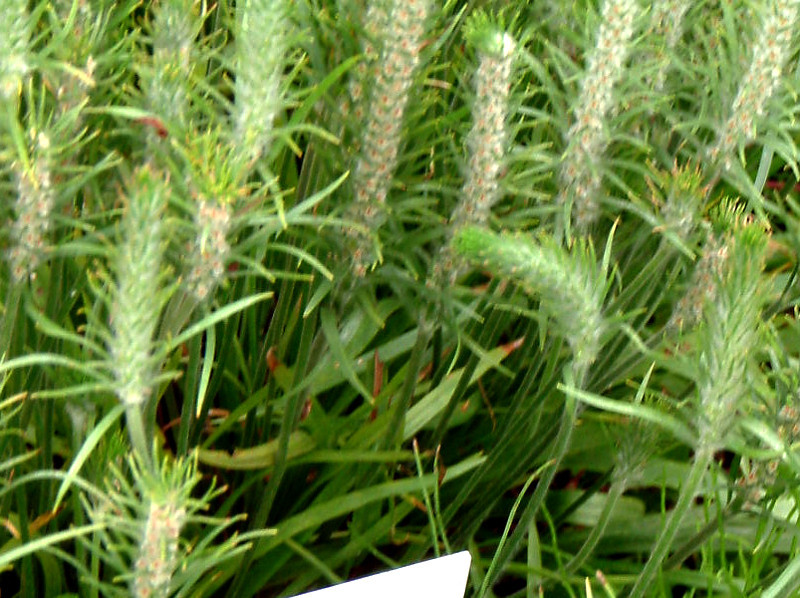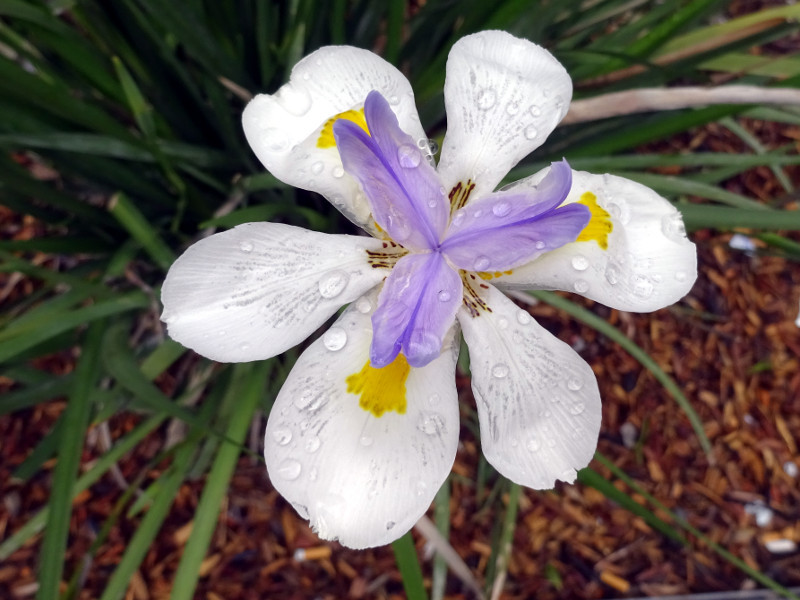Veronicastrum villosulum
- Flower nameVeronicastrum villosulum
- Scientific nameVeronicastrum villosulum)
- Alias鈴掛草
- Place of originChina
- Place of floweringFields and footpaths, Specific area
- Flowering seasonJuly, August
What is Veronicastrum villosulum
Veronicastrum villosulum, or Suzukakeso (scientific name: Veronicastrum villosulum) is a perennial herb native to China and belonging to the genus Kugai grass (Veronicastrum villosulum) in the family Ophiocordyceae. In China, it grows wild in hilly forests. In Japan, it is distributed only in Tokushima Prefecture. It is an endangered species.
The stem is a long, unbranched vine. The vine is 100 cm to 150 cm long and grows obliquely up, taking root where the tip lands. The petiolate leaves are 7-11 cm long and 3-5 cm wide, ovate with pointed tips and serrated edges, and densely covered with velvety hairs that grow in alternate clusters on the branches. The corolla is tubular, about 0.7 cm long, with four lobes at the tip, and two stamens and one pistil protrude. The fruit is a 2.5 mm long, ovoid capsule in autumn. It was cultivated as a horticultural plant in the Edo period (1603-1867), but its origin is unknown.
Etymology of the scientific name "Veronicastrum villosulum
The scientific name "Veronicastrum villosulum" is a compound of the genus name "veronica" and the species name "astrum" (similar).
Origin of flower name
The name comes from the bell-like appearance of the flowers, which resemble the bells of a mountain priest.
Common name: Veronicastrum villosulum, Scientific name: Veronicastrum villosulum, Origin: China, Tokushima Prefecture (Japan), Environment: mountain cliffs, Life form: perennial, H: 100-150 cm, Leaf shape: Leaf shape: ovate, leaf margin: serrate, inflorescence: alternate, flower color: blue-purple, use: potted plant, special note: Ministry of the Environment: Endangered (CR).
